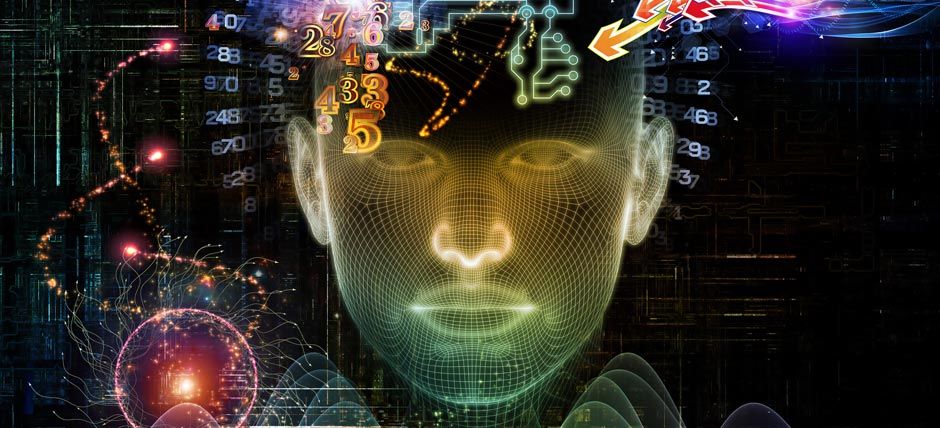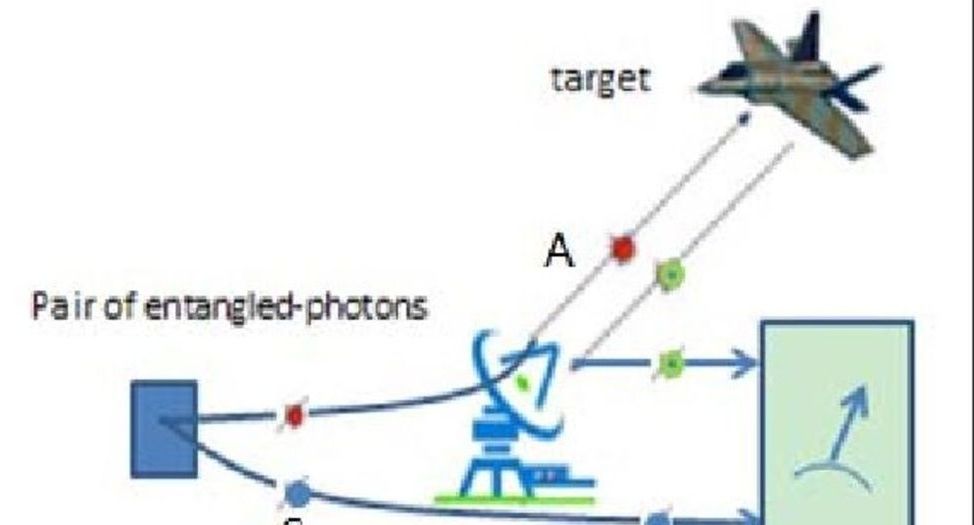Feb 6, 2019
The inverse CSI effect in the age of digital crime
Posted by Quinn Sena in category: entertainment
The “CSI Effect” has been described as being an increased expectation from jurors that forensic evidence will be presented in court that is instantaneous and unequivocal because that is how it is often presented for dramatic effect in television programs and movies. Of course, in reality forensic science, while exact in some respects is just as susceptible to the vagaries of measurements and analyses as any other part of science. In reality, crime scene investigators often spend seemingly inordinate amounts of time gathering and assessing evidence and then present it as probabilities rather than the kind of definitive result expected of a court room filled with actors rather than real people.
















